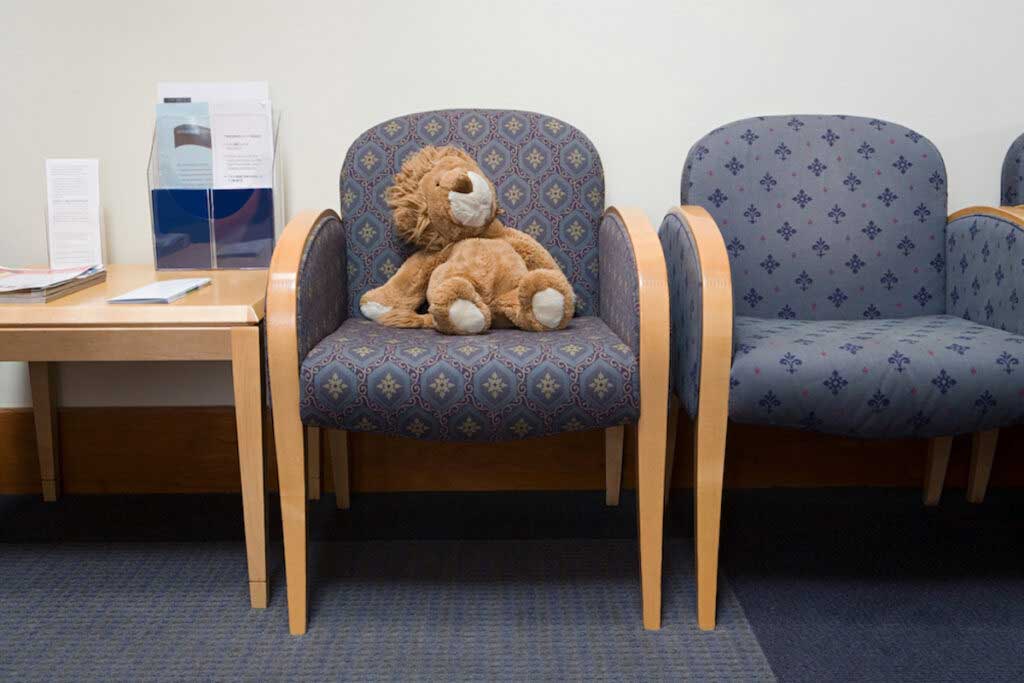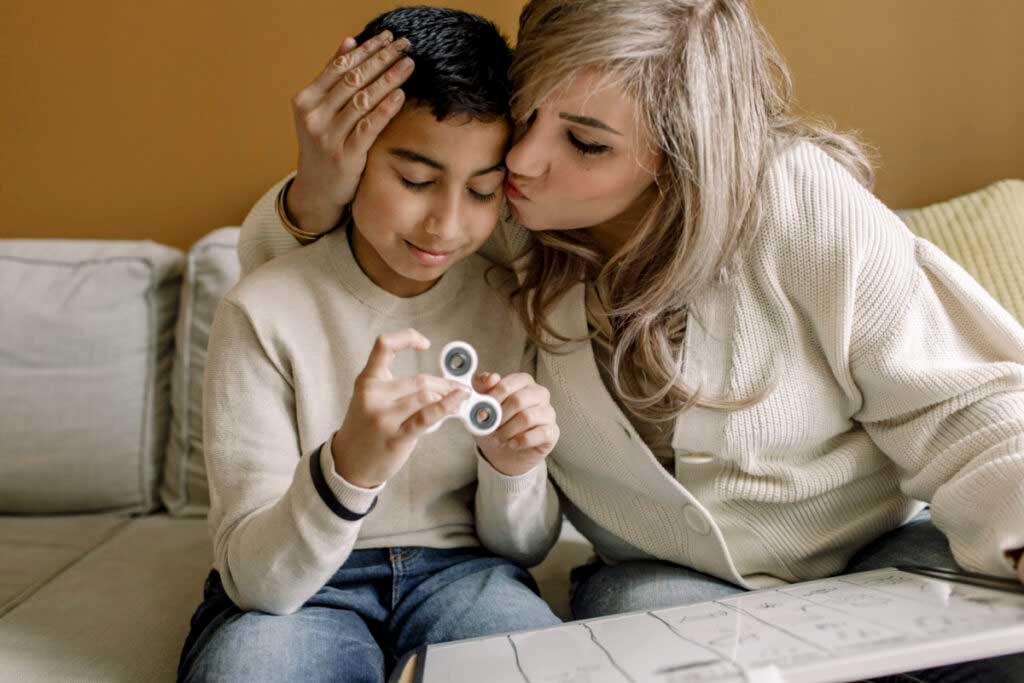This marks the first week of homeschooling over here, and I have to say it’s going great. Every day my five year old spends a focused hour on reading skills, sitting quietly at his desk with a pencil, sounding out and tracing words. At the end of the hour, he brings me his worksheets and tells me “Thank you so much, mom, for putting together such a great lesson today.” Meanwhile I have enjoyed a cup of tea and a good book.
HAHAHA. Just kidding.
While this is going on in my imagination, back in my actual home school we are pushing to get to 8 minutes of letters, followed immediately by heavy use of highly educational apps like “Unicorn Cake Maker” and “Face Seer”.
I feel in many ways very lucky to have resources, and be able to take some time with the kids. And some of that time has actually been kind of fun, even with my high anxiety level. But the fact is that we are using screens a lot. My third grader put it best: “We’ll get through this, Mom; we love each other.” Pause. “Also, we have TV”.
Obviously we have other things on our mind these days, but while we are lying up at night, it may be hard not to wonder whether all these extra screen hours are really bad. I wrote a lot about this in Cribsheet, and was largely very reassuring there about screens for young kids. The book came out last spring – April, 2019.
Then, in November of last year, a new study arrived that, frankly, freaked out a lot of people. And in the wake of our increased screen usage, I thought it was good data to dig into.
Does screen time change a brain’s white matter?
The particular study in question appeared in the journal JAMA Pediatrics , a highly respected and well cited pediatrics journal. The key question in the paper is whether more screen time is bad for cognitive development in a population of 47 kids aged 3 to 5 years. Their first step in answering this question is a familiar one — they analyze whether early literacy skills (phonics knowledge, early reading) in these children are correlated with screen exposure.
And they do find a correlation: more screens = lower literacy. This finding should not be surprising. There is a large literature – much of it with many more children studied – which echoes this result. It’s important to call it what it is – a correlation. There are many other differences across kids who are exposed to a lot of screen time versus those exposed to less. These are things like parental education or income, variables which we know independently relate to literacy.
Where this paper differs – and I have to say, this is just super cool – is that they actually did brain scans of these 47 kids. It’s worth highlighting that this is a big undertaking; putting kids in a FMRI scanner is not for the faint of heart and 47 is a very large sample in this space. What they find is that the brains of the kids who watched more screens looked somewhat different than those who were exposed to less. Basically, the correlations that they see in the cognitive test scores are echoed in correlations in brain structure.
I don’t want to put words in people’s mouths, but I think that part of what really freaked people out about this was the idea that screen time could change your child’s brain. Something about this seems to feel more “causal” than the basic correlation with test scores.
But it’s not. Think about it this way: we know that differences in test scores must, on average, reflect differences in brain activity. This is because cognitive performance is produced by the brain. So when you saw that first evidence on test scores and TV — or any evidence on test scores and screens — even if you didn’t think about it explicitly, this must reflect an underlying correlation between screen time and brain structure.
The differences in brain structure, though, may well be due to the other factors that plague the correlation between screens and test scores. It may be that differences in the brain are due to the other differences between families, like the amount that parents read to their kids or other resource-intensive activities, not due to screens. Even though the brain scans seem more mechanistic, more scientific, it’s still just a correlation.
So I’m going to stand by what I said in Cribsheet. More data on this topic would be great, but what we do know is reassuring about screen time. And in the middle of a global pandemic, please do not add to your stress by worrying about too much time on the Unicorn Cake Maker app.

















